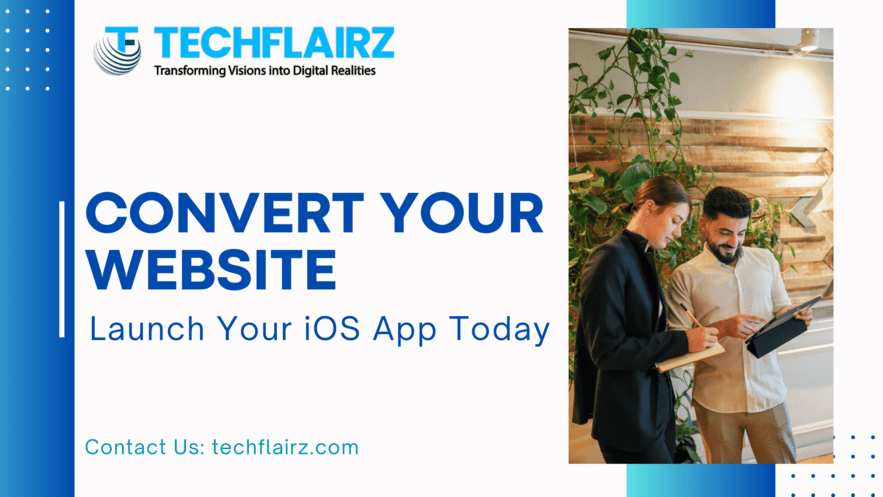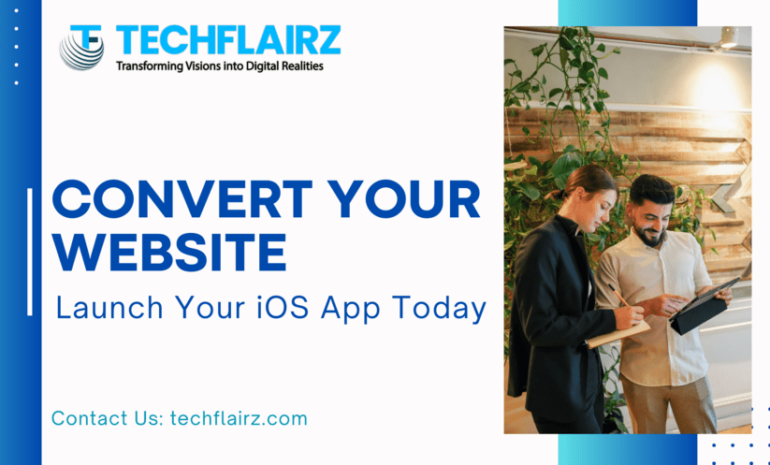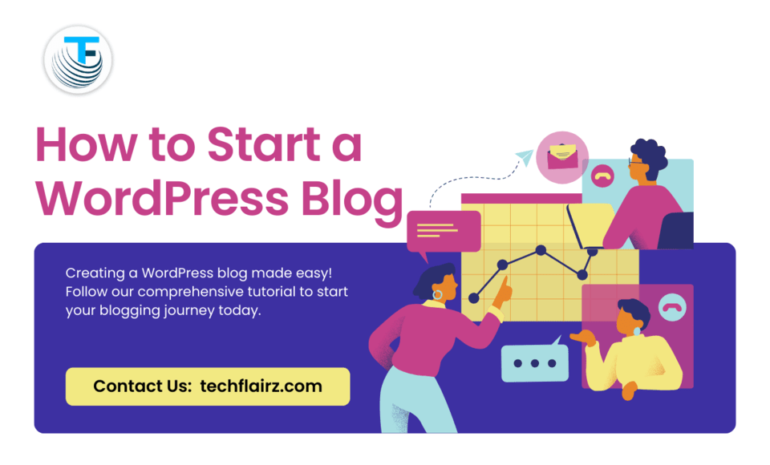Welcome to our guide on fixing the “Guide to Convert Website to iOS App” error in your iOS application. Converting your website to an iOS app can greatly expand your reach and enhance user engagement. However, facing errors during the conversion process is not common. In this article, we will explore how to address this specific error and ensure even conversion.
Why Should You Convert Your Website to an iOS App?
Converting your website to an iOS app offers numerous benefits, including:
- Enhanced User Experience: Mobile apps provide a more optimized and user-friendly experience compared to mobile websites.
- Increased Engagement: Apps offer push notifications and other features that can boost user engagement.
- Access to Device Features: Apps can leverage device features like GPS, camera and accelerometer for enhanced functionality.
- Brand Visibility: Having a presence on the App Store can increase your brand visibility and credibility.
The Benefits of Having an iOS App for Your Business
Having an iOS app for your business can lead to:
- Improved Customer Loyalty: Apps foster stronger relationships with customers through personalized experiences and loyalty programs.
- Increased Revenue: Apps provide additional revenue streams through in-app purchases, subscriptions, and advertising.
- Competitive Advantage: Offering an iOS app sets you separately from competitors and demonstrates your commitment to innovation.
- Data Collection: Apps allow you to collect valuable user data for analytics and marketing purposes.
Step-by-Step Guide to Converting Your Website to an iOS App
Choosing the Right Conversion Method
When converting your website to an iOS app, you have several options:
- Native Development: Building a native iOS app from scratch using languages like Swift or Objective-C.
- Hybrid Development: Using frameworks like React Native or Xamarin to develop cross-platform apps.
- Web Views: Wrapping your website in a WebView within a native app container.
Designing Your App for a Seamless User Experience
Ensure your app provides a seamless user experience by:
- Optimizing for Mobile: Designing for smaller screens and touch interactions.
- Native Navigation: Implementing native navigation patterns for intuitive app navigation.
- Performance Optimization: Optimizing app performance for smooth scrolling and fast load times.
Testing and Launching Your iOS App
Before launching your app, thoroughly test it for:
- Functionality: Ensure all features work as expected.
- Compatibility: Test on various iOS devices and screen sizes.
- User Experience: Solicit feedback from beta testers to identify any usability issues.
- App Store Guidelines: Ensure your app complies with Apple’s App Store guidelines to prevent rejection.
Tips for Optimizing Your Converted iOS App for Success
- App Store Optimization (ASO): Optimize your app’s metadata, including title, description and keywords, to improve visibility on the App Store.
- User Feedback: Continuously gather user feedback to identify areas for improvement and prioritize feature updates.
- Performance Monitoring: Monitor app performance metrics like crash rates and user engagement to identify and address any issues promptly.
- Iterative Updates: Regularly release updates to address bugs, introduce new features and enhance user experience.
Conclusion
Converting your website to an iOS app can be a game-changer for your business, but it is important to address any errors that may arise during the process. By following the steps outlined in this guide and optimizing your app for success, you can ensure a level transition and maximize the benefits of having an iOS presence. For more detail about iOS app development.


